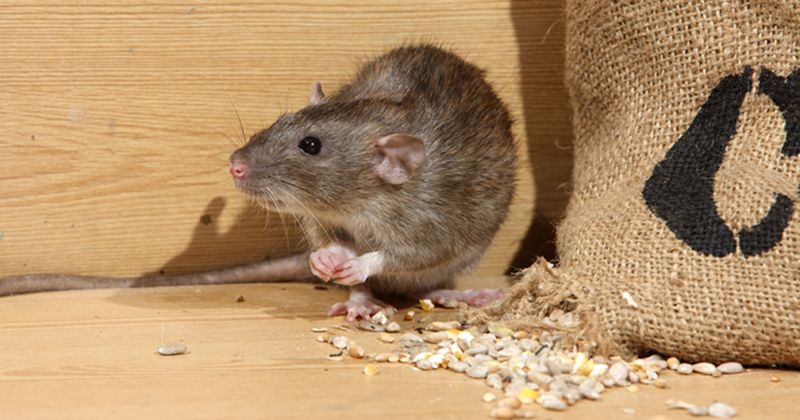Infection
Rat lungworm found in another US state
October 03, 2023
2 min read
Source/Disclosures
Published by:
Disclosures:
Gottdenker reports no relevant financial disclosures.
Key takeaways:
- Rats at Zoo Atlanta were confirmed to carry A. cantonensis, suggesting the parasite has gained a foothold in Georgia.
- Human infections have been reported in multiple other U.S. states.
Researchers confirmed that rat lungworm, or Angiostrongylus cantonensis, has established a presence in Georgia, adding to the states where the invasive parasite has been identified.
A. cantonensis infection in humans has been linked to consumption of raw, unwashed vegetables or slugs and snails that have consumed rat feces that contained the parasite’s larvae. It can cause a rare form of meningitis called eosinophilic meningoencephalitis.
Globally, most reported human infections occur in Southeast Asia and on tropical Pacific islands. In the U.S., A. cantonensis was first detected in New Orleans in the mid-1980s and is thought to be widespread in the city. From 2007 to 2017, 82 cases of human A. cantonensis infection were reported in Hawaii. Both states consider rat lungworm to be an endemic and reportable infection.
“Infections of this parasite are very rare in humans in the continental U.S., with few cases reported in states like Florida, Alabama and Louisiana,” Nicole Gottdenker, PhD, MS, an associate professor of anatomic pathology at the University of Georgia College of Veterinary Medicine, told Healio.
Gottdenker noted that the new study, published in Emerging Infectious Diseases, did not identify any human cases in Georgia.
“Although rare, reports of transmission in the wild are something for human doctors locally to be aware of to [add to] the list of potential differential diagnoses for meningoencephalitis,” she said.
Gottdenker and colleagues collected tissue from 33 wild brown rats found dead on the grounds of Zoo Atlanta between 2019 and 2022 as part of passive surveillance for pathogens that may affect animals there.
The researchers noted that several of the rats had intravascular nematodes consistent with rat lungworm and “typical associated lesions.” They tested the rats and identified A. cantonensis in four samples.
Gottdenker said the infectious larval stage of A. cantonensis can “hang out” in other animals that humans eat, like crabs, freshwater shrimp and frogs.
“It is important to carefully inspect veggies for slugs and snails and wash those veggies, carefully cook snails, crabs, freshwater shrimp, wear gloves if you are out in the garden possibly coming into contact with snails or slugs, and, as always, wash your hands!” Gottdenker said.
She said the identification of the parasite in Georgia means it is “possibly moving northward, potentially due to climate change, urbanization [and] other factors.”
“It is important that we do further studies of the distribution of the parasite in Atlanta and do more surveillance to understand more about the ecology of the parasite, how rapidly it is spreading regionally and assess any risks for potential human exposure,” she said.


